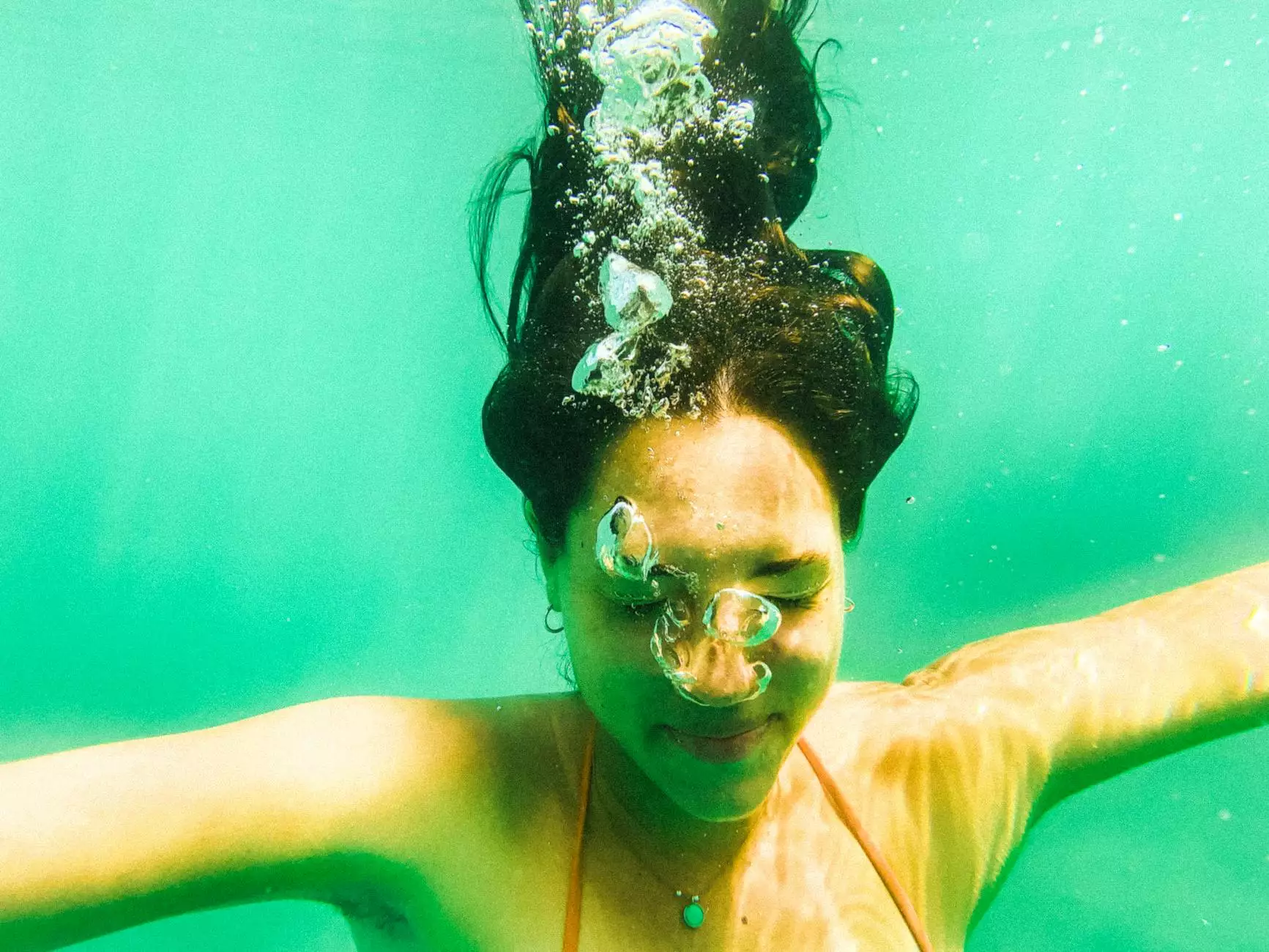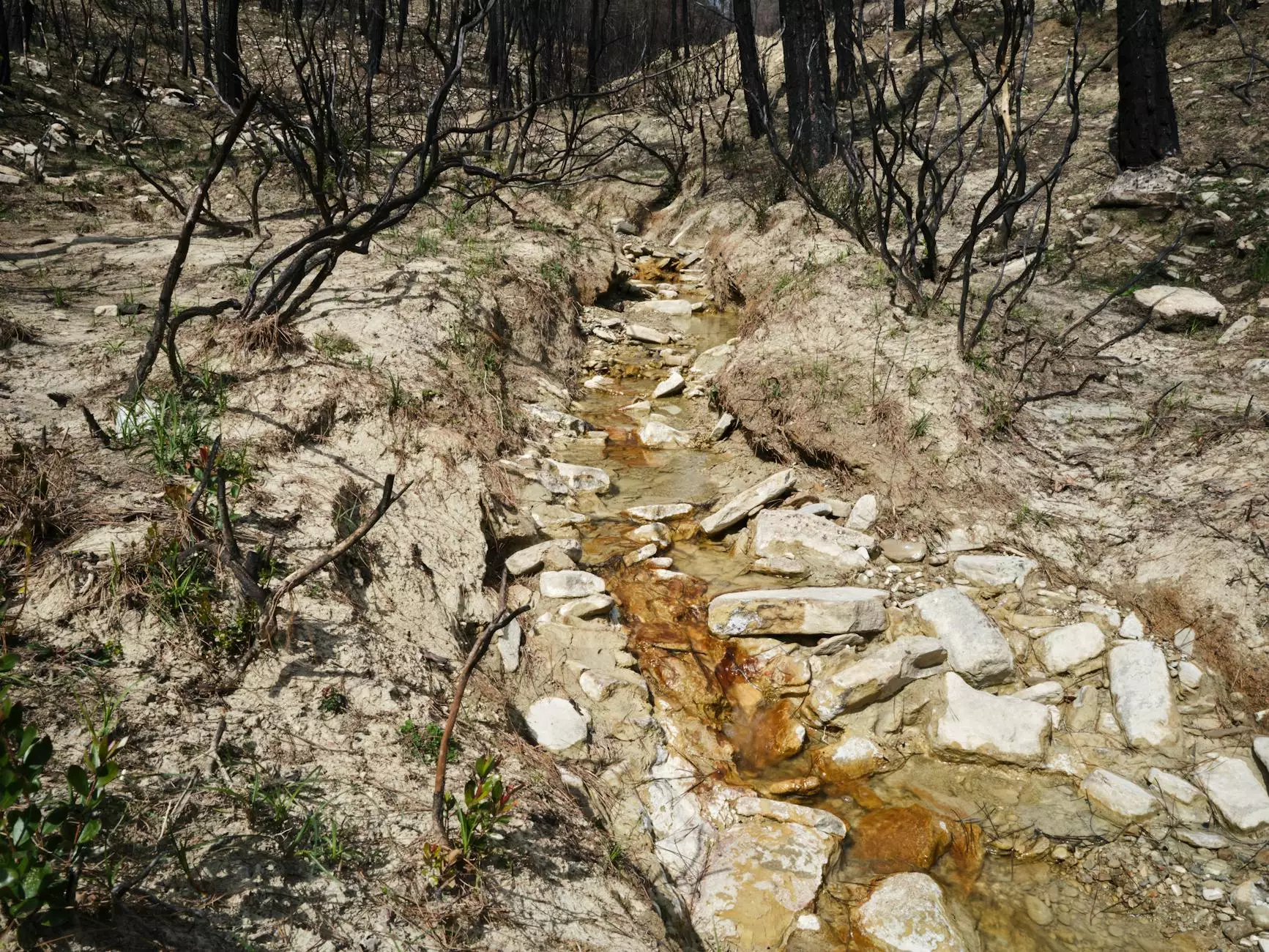Diving Dry Suits: The Ultimate Guide for Aquatic Enthusiasts

Diving is not just a hobby; it’s an adventure into the mesmerizing underwater world. For serious divers, understanding the intricacies of diving gear is crucial. One key component that can significantly enhance your diving experience is the diving dry suit. In this comprehensive article, we will explore the many facets of diving dry suits, helping you make informed decisions for your diving expeditions.
What is a Diving Dry Suit?
A diving dry suit is a specialized suit designed to keep the diver dry, providing insulation against cold water temperatures. Unlike wetsuits, which allow some water to enter and warm up against the body, dry suits are watertight and intended to prevent water from contacting the skin at all. This unique feature makes them particularly advantageous for diving in cold waters or during extended dives.
Advantages of Using Diving Dry Suits
Choosing a diving dry suit comes with several significant benefits. Below are some of the key advantages:
- Thermal Protection: Dry suits provide superior thermal insulation, keeping divers warm in frigid waters.
- Extended Dive Times: With a dry suit, divers can spend longer underwater without succumbing to the cold.
- Increased Buoyancy Control: The air inside the dry suit allows for better buoyancy adjustments, enhancing dive safety.
- Comfort and Versatility: Dry suits can be layered with thermal clothing for additional coziness, allowing versatility across various diving conditions.
How to Choose the Right Diving Dry Suit
Selecting the perfect diving dry suit involves careful consideration of several factors. Here’s a detailed breakdown to help guide your choice:
1. Material
Dry suits come in various materials, each offering unique benefits:
- Neoprene: Offers good thermal insulation but can be bulkier.
- Shell Suits: Made from breathable materials, they are lightweight but require thermal undergarments for warmth.
2. Fit and Size
Ensuring that your diving dry suit fits well is crucial for comfort and effectiveness. Consider the following:
- Try it On: Always try on a dry suit before purchasing to ensure it fits properly.
- Check Movement: Make sure you can move comfortably and freely without restriction.
3. Seals and Closures
The seals and closures on a dry suit are vital for keeping water out. Look for:
- Wrist Seals: Latex or neoprene wrist seals provide a secure fit.
- Neck Seal: A comfortable neck seal minimizes water entry and maximizes insulation.
- Zipper Quality: A durable, waterproof zipper is essential for easy entry and exit.
4. Features to Consider
Additional features can enhance the functionality of a diving dry suit:
- Pockets: Look for suits with multiple pockets for storage of diving accessories.
- Valves: Auto exhaust valves help in managing buoyancy during your dive.
Diving Dry Suit Maintenance
Proper maintenance of your diving dry suit is essential for longevity and performance. Here are some essential maintenance tips:
- Rinse After Use: Always rinse your suit in fresh water after each dive to remove salt and sand.
- Dry Properly: Hang your suit inside out to dry naturally, avoiding direct sunlight.
- Regular Inspections: Check seals, zippers, and fabric for damage regularly to avoid surprises during dives.
Preparing for Your Dive with a Dry Suit
Before diving with a diving dry suit, ensure you are adequately prepared. Follow these steps to ensure a smooth experience:
1. Plan Your Dive
Understand your dive site's conditions, including temperature and current. Assess if a dry suit is suitable for the location.
2. Practice Worn Dry Suit Skills
If you’re new to using a dry suit, consider scheduling a practice dive to get accustomed to its buoyancy and mobility.
3. Check Gear Before Diving
Ensure that all your gear is functioning correctly, including your dry suit, regulator, and air tank.
Top Recommendations for Diving Dry Suits
There are numerous diving dry suits available on the market. Here are some reputable options to consider:
- Scubapro Everdry 4: A popular choice for its comfort and durability, suitable for various water conditions.
- Oceanic Soul: Known for its lightweight design and versatility, great for both beginners and seasoned divers.
- Bare XCS2: Offers excellent insulation and a wide range of sizes for optimal fit.
Conclusion: Embrace the Adventure with Diving Dry Suits
In conclusion, utilizing a diving dry suit opens up a world of possibilities for divers. It allows for extended dives in cold water while ensuring comfort and protection. By understanding how to select, maintain, and prepare with your dry suit, you can enhance your diving experience and explore the depths of the ocean like never before. For those ready to dive deeper into this captivating world, visit infinitydive.com for more tours, dive bar recommendations, and boat tours. Embrace the adventure, stay safe, and dive dry!
diving dry suits








